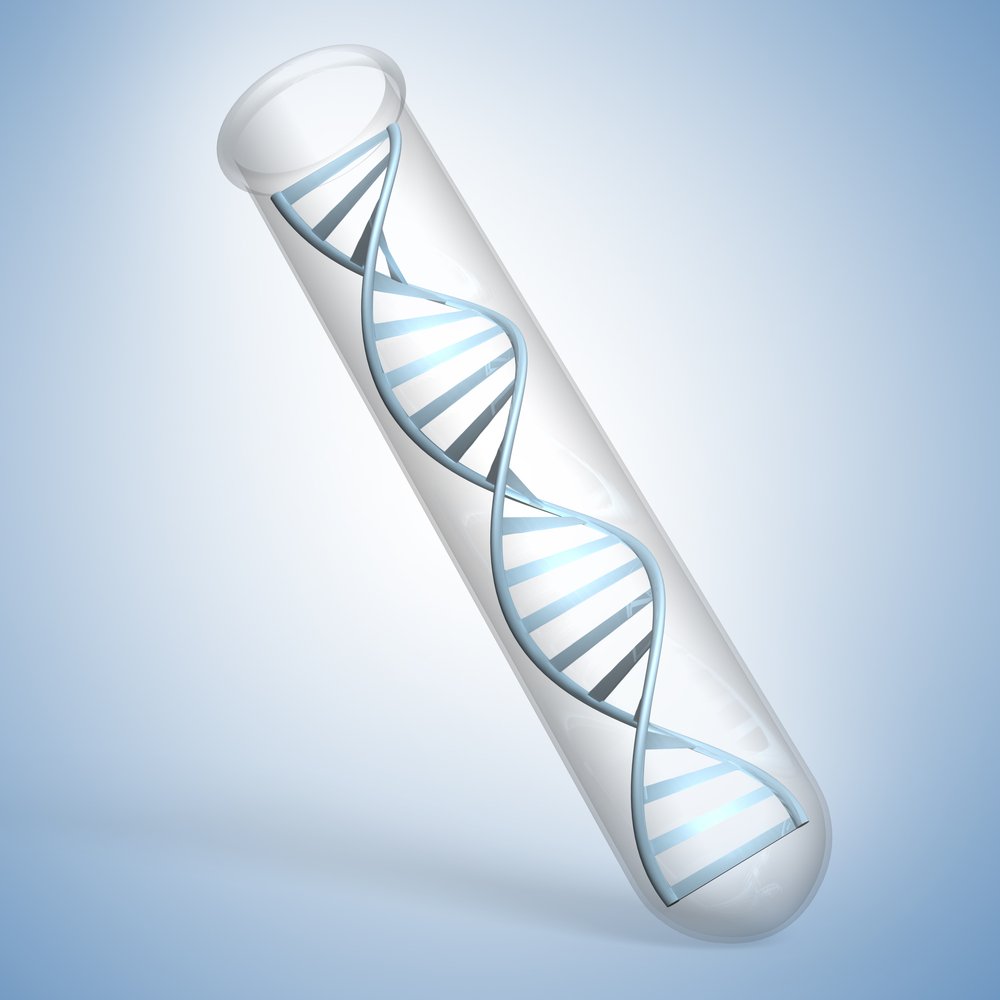Genomic Imprinting of UBE3A in Neurons Does Not Reduce its Levels, Animal Study Shows

Imprinting of the UBE3A gene – a phenomenon linked to Angelman syndrome – did not evolve as a method to control the dosage of UBE3A in neurons, a new study shows.
The study, “Genomic imprinting does not reduce the dosage of UBE3A in neurons,” was published in the journal Epigenetics & Chromatin.
Humans have two alleles of each gene, one that is inherited from the mother and one from the father. Genomic imprinting is a phenomenon that occurs in our genome that silences one allele of a gene, causing us to rely on the expression of the other.
The paternal copy of the UBE3A gene is imprinted in neurons of the central nervous system, where only the maternal allele is expressed. Interestingly, the UBE3A gene is not imprinted in other cell types.
Mutations that affect the maternal allele of UBE3A lead to several neurodevelopment disorders. Complete loss-of-function of the UBE3A allele causes Angelman syndrome.
Studies have shown that loss of imprinting leads to an increase in the dose of UBE3A in the brain. So, researchers at Texas A&M University hypothesized that imprinting of UBE3A results from an evolutionary mechanism that regulates the dosage of UBE3A. The dosage mechanism suggests that imprinting evolved to reduce the expression levels of UBE3A by 50 percent.
DNA codes for molecules called RNA, which, in turn, code for protein. Therefore, researchers looked at levels of UBE3A RNA in mouse neurons, where the gene is imprinted, and in other mouse cell types, where both alleles of UBE3A are expressed.
Interestingly, the levels of UBE3A was constant between cell types, despite their different imprinting status. In fact, expression levels of UBE3A was either higher in the CNS or equal to non-CNS tissue, despite only one active allele.
Researchers also looked at levels of UBE3A in the brain of opossums, a species that does not exhibit UBE3A imprinting. Consistent with mouse brain, opossum also expressed high levels of UBE3A in CNS neurons.
Researchers compared levels of UBE3A in the mouse CNS – expressing only one allele – and the opossum CNS, which expresses both alleles. Direct comparison between the mouse and the opossum showed there were significantly higher levels of UBE3A in mice than opossums, indicating that imprinting has no effect on dosage.
Researchers also found that imprinting of the mouse UBE3A gene in neurons occurs with gradually increasing expression of the maternal allele and decreasing expression of the paternal allele, leading to relatively constant UBE3A protein levels in neurons during this process. The maternal allele fully compensates for loss of expression of the paternal.
Researchers concluded “imprinting of UBE3A does not function to reduce the dosage of UBE3A in neurons but rather to regulate some other, as yet unknown, aspect of gene expression or protein function.”
The researchers added that future studies should focus on determining the functional significance of imprinting of UBE3A in neurons.






